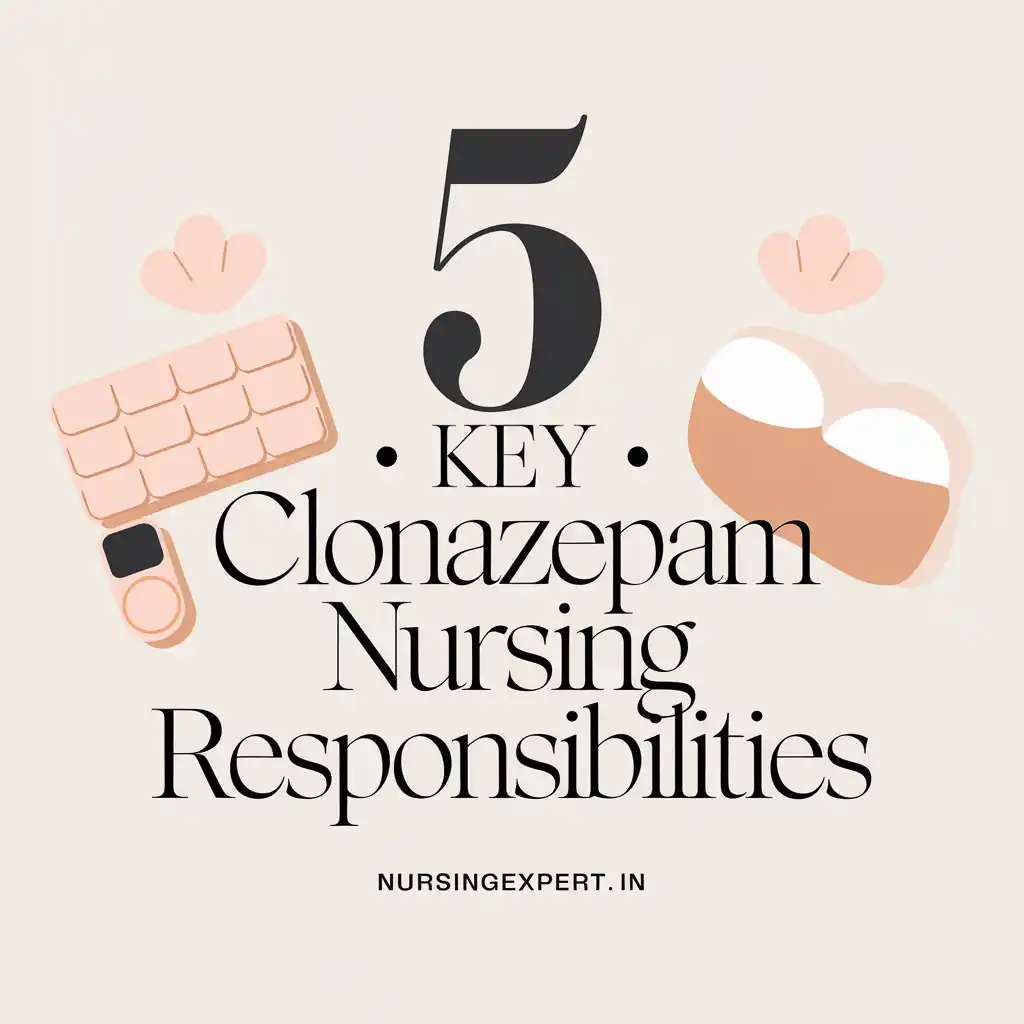Hydroxyzine is a versatile medication used to treat anxiety, allergic reactions, and as a sedative before medical procedures. As an antihistamine with anticholinergic and sedative properties, it requires careful administration and monitoring to ensure patient safety and therapeutic efficacy. Nurses play a critical role in managing hydroxyzine therapy, from assessing patient suitability to educating patients on proper use and potential side effects. This guide provides a comprehensive overview of hydroxyzine from a nursing perspective, including its classification, dosage, therapeutic actions, indications, adverse effects, contraindications, and essential nursing considerations.
Thank you for reading this post, don't forget to subscribe!
Drug Name and Classification
Generic Name
- Hydroxyzine


Brand Names
- Vistaril
- Atarax
- Hyzine
- Rezine
Classification
- Antihistamine (first-generation)
- Anxiolytic
- Sedative-hypnotic
- Antiemetic
Hydroxyzine’s ability to cross the blood-brain barrier contributes to its sedative effects, distinguishing it as a first-generation antihistamine.
Dosage and Route
Hydroxyzine is available in oral and injectable forms, with dosages varying by indication and patient population.
Dosage Forms
- Oral Tablets: 10 mg, 25 mg, 50 mg, 100 mg
- Oral Syrup: 10 mg/5 mL
- Injectable Solution: 25 mg/mL, 50 mg/mL (IM only)
Recommended Dosages
Adults
- Anxiety: 50–100 mg orally four times daily
- Pruritus/Allergic Reactions: 25 mg orally three to four times daily
- Preoperative Sedation: 25–100 mg IM as a single dose
Pediatric Patients
- Anxiety/Pruritus: 0.6 mg/kg/dose orally every 6 hours (max 100 mg/day)
- Preoperative Sedation: 0.5–1 mg/kg IM as a single dose
Administration Routes
- Oral: Suitable for chronic use; can be taken with or without food.
- Intramuscular (IM): For acute needs; administer deep into a large muscle.
Nurses must verify dosage and route, especially for vulnerable populations like children and the elderly.
Therapeutic Actions
Hydroxyzine works through multiple mechanisms:
- Antihistamine: Blocks H1 receptors to relieve itching and hives.
- Anxiolytic: Calms the CNS to reduce anxiety.
- Sedative-Hypnotic: Promotes drowsiness for sedation or sleep.
- Antiemetic: Controls nausea by affecting the chemoreceptor trigger zone.
These effects make it effective but also necessitate careful monitoring.
Indications
- Anxiety Disorders: Short-term symptom relief.
- Allergic Reactions: Manages pruritus and related symptoms.
- Preoperative Sedation: Calms patients before procedures.
- Nausea and Vomiting: Adjunctive relief for motion sickness or postoperative nausea.
Adverse Effects
Common
- Drowsiness
- Dry mouth
- Dizziness
- Headache
- Blurred vision
Serious
- Cardiac Arrhythmias: Prolonged QT interval risk.
- Seizures: Rare but possible.
- Hypersensitivity: Rash or anaphylaxis.
- Paradoxical Reactions: Agitation, especially in children or elderly.
Nurses should watch for these and educate patients accordingly.
Contraindications
- Hypersensitivity: To hydroxyzine or similar drugs.
- Prolonged QT Interval: Risk of torsades de pointes.
- Early Pregnancy: Potential fetal harm.
- Breastfeeding: Excreted in milk; use cautiously.
Precautions
- Elderly: Higher risk of sedation and anticholinergic effects.
- Renal/Hepatic Impairment: May need dose adjustments.
- Glaucoma or Prostatic Hypertrophy: Can worsen symptoms.
Nursing Considerations
Assessment
- History: Check for conditions affected by anticholinergic effects.
- Medications: Screen for interactions with CNS depressants or QT-prolonging drugs.
- Vitals: Record baseline blood pressure and heart rate.
- Mental Status: Evaluate anxiety or cognitive changes.
Interventions
- Administration: Use Z-track for IM injections; follow dosage precisely.
- Monitoring: Assess for excessive sedation; implement fall precautions.
- Symptom Relief: Offer sugarless gum for dry mouth.
- Cardiac Watch: Look for arrhythmia signs in at-risk patients.
Teaching Points
- Purpose: Clarify use for anxiety, allergies, or sedation.
- Drowsiness: Advise against driving or machinery use.
- Alcohol: Warn against combining with CNS depressants.
- Side Effects: Report severe symptoms like confusion or palpitations.
- Hydration: Suggest fluids for dry mouth.
Special Considerations
- Pediatric: Use weight-based dosing; watch for excitation.
- Elderly: Lower doses; monitor for confusion or falls.
- Pregnancy/Breastfeeding: Avoid early pregnancy; assess breastfeeding risks.
- Drug Interactions: Beware of enhanced sedation or cardiac risks with other medications.
Conclusion
Hydroxyzine is effective for anxiety, allergies, and sedation, but its safe use hinges on diligent nursing care. Through thorough assessment, precise administration, vigilant monitoring, and clear patient education, nurses ensure optimal outcomes and minimize risks.


